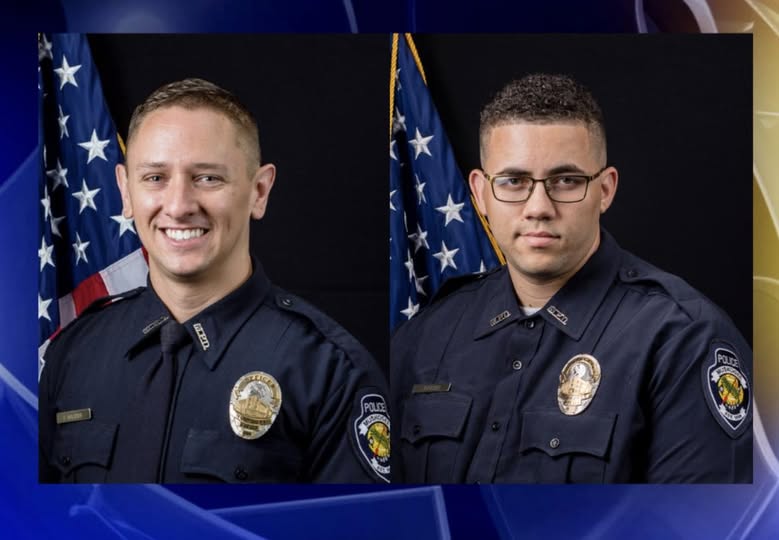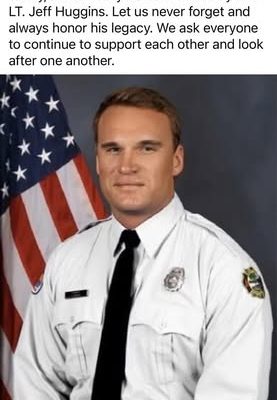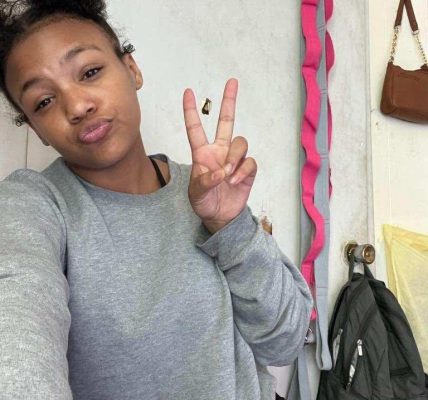In the quiet streets of Muskogee, Oklahoma, a deadly confrontation unfolded on July 31, 2025, leaving a community grappling with questions and a family mourning the loss of 34-year-old Clayton Bailey. What began as a routine response to a reported threat escalated into a fatal officer-involved shooting, casting a spotlight on the complex dynamics of law enforcement encounters. The incident, which took place in the 600 block of Christy Drive, has stirred emotions and sparked calls for transparency as authorities work to unravel the events leading to Bailey’s death.
The Muskogee Police Department responded to a call around 9:00 a.m. that morning, following reports of a man—later identified as Clayton Bailey—pointing a rifle at a code enforcement officer. The situation quickly intensified as Bailey retreated into his residence, refusing to comply with police commands to exit. As tensions mounted, the department’s Special Operations Team was deployed to the scene, a move that signaled the gravity of the encounter. What happened next was both swift and tragic: Bailey emerged from the home, allegedly firing multiple shots at the officers. In response, the police returned fire, fatally wounding him.
The officers involved, Sergeant Bryan Wilkins and Officer Colby Johnson, were placed on paid administrative leave, a standard protocol as the Oklahoma State Bureau of Investigation (OSBI) took the helm of the inquiry. The OSBI’s involvement underscores the seriousness of the case, as the agency works to piece together a clear picture of the incident. While authorities have yet to release body camera footage or a detailed timeline, they have promised to share more information as the investigation progresses. For now, the community is left to grapple with incomplete details, fueling speculation and concern.
The events leading up to the shooting began with a seemingly mundane interaction. A code enforcement officer, tasked with addressing municipal violations, found himself staring down the barrel of Bailey’s rifle—an act that set off a chain reaction. After Bailey barricaded himself inside his home, police arrived, prepared for a volatile situation. The Special Operations Team’s arrival marked a critical turning point. When Bailey exited and opened fire, the officers’ response was immediate, ending in the loss of his life. The Muskogee Police Department has described the encounter as a direct response to an imminent threat, but questions linger about what could have been done to de-escalate the situation before it reached its fatal conclusion.
Clayton Bailey’s death has reverberated through Muskogee, a city no stranger to complex police-community dynamics. The incident has sparked conversations about the use of force, the role of specialized units in such encounters, and the need for greater transparency. Community leaders, including Deputy Mayor Derrick Reed, have expressed shock at the violence, noting that such incidents are rare but deeply unsettling. Across the street from the scene, the Martin Luther King Jr. Community Center stands as a symbol of hope and unity, its staff praying for all those affected while urging patience as the investigation unfolds.
As the OSBI digs deeper, the absence of body camera footage and a comprehensive account has left many residents uneasy. Was there an opportunity to resolve the situation peacefully? What drove Bailey to confront the code enforcement officer and later engage with police? These are the questions that haunt Muskogee as the community awaits answers. The police department has assured the public that every detail will be scrutinized, and the findings will be shared in due time.
For now, Clayton Bailey’s story is one of tragedy—a life cut short in a fleeting, violent moment. His death serves as a stark reminder of the high stakes involved in law enforcement encounters and the ripple effects they leave behind. As Muskogee mourns, the hope is that the investigation will bring clarity, accountability, and, perhaps, a path toward healing for a community left searching for answers.




